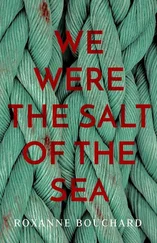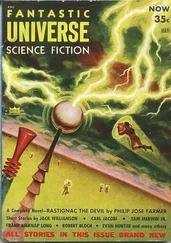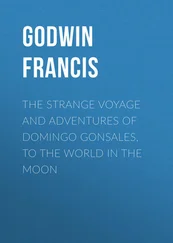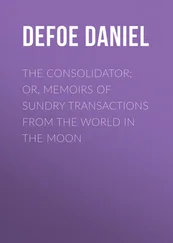BRUSSELS
BELGIUM
Location:In front of the NATO Headquarters, Boulevard Leopold III
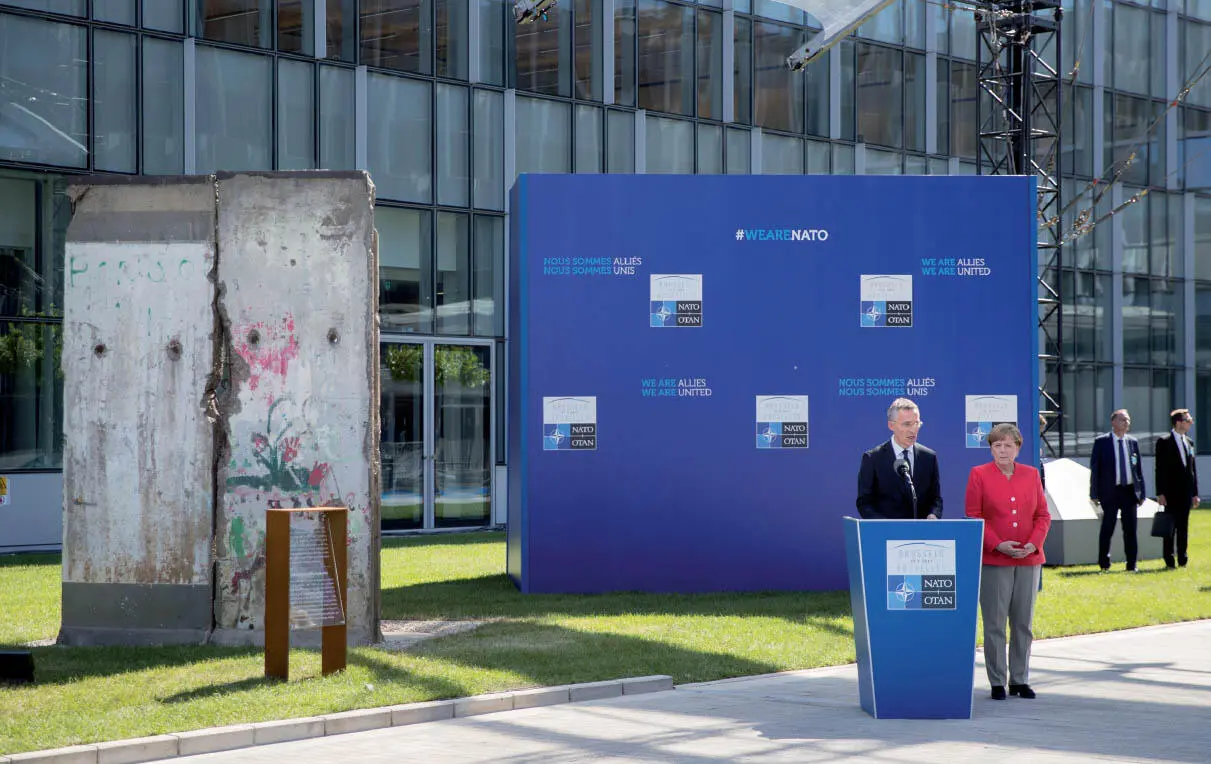
Angela Merkel and Jens Stoltenberg handing over the Wall pieces in front of NATO headquarters in Brussels on 25 May 2017.
© Kay Nietfeld / dpa / Picture Alliance
On May 25 th, 2017, the meeting of NATO heads of state and government took place for the first time at the new headquarters of the Atlantic Alliance on Boulevard Leopold III in Brussels. To mark the occasion, two monuments were inaugurated prior to the actual meeting and are located in front of the main visitors’ entrance. One is a memorial to the terrorist attacks on the U.S. on September 11 th, 2001, as a result of which the alliance’s case was declared for the first time under Article 5 of the NATO Treaty, and the other is two segments of the Berlin Wall. The two sections of the Wall were donated to NATO by the Federal Republic of Germany. At the inauguration ceremony, NATO Secretary General Jens Stoltenberg, U.S. President Donald Trump and German Chancellor Angela Merkel gave speeches. The two original segments of the Berlin Wall of the type “Grenzmauer 75”, also known as retaining Wall element UL 12.41, were transported from Berlin to Brussels by the German Federal Agency for Technical Relief (THW) and erected here. They were selected by the German Foreign Office, which was advised by the Berlin Wall Foundation. At the request of the Foreign Ministry, the segments were to be both authentic in terms of their structural condition and representative of the events of 1989/1990. The two segments once had different functions. The segment on the right, which today stands closer to the path and has a graffito of red hands on it, was part of the outer border Wall and marked the direct border with West Berlin. The painting was probably applied before the fall of the Wall and later partially chipped off by “Mauerspechten” (Wall-Woodpeckers). The exact former location of this segment is unknown. The other Wall segment was part of the inner border Wall on the east side and was located in the area between the Brandenburg Gate and Potsdamer Platz.
Part of a stylized eye and longer inscription can still be seen on this segment, which stretched over several segments of the Wall: “Gorbi sees everything”. Since this painting was on the former east side of the Wall segment, it must date from after 1990. The original over-climbing protection has not been preserved. The two segments of the Wall have been provided with a plaque whose text in the official working languages of NATO, English and French, reads as follows:
The Berlin Wall, a symbol of repression and fear, split the German capital from 1961. The NATO Allies opposed it with their enduring commitment to freedom, democracy and human rights – values which unite us to this day. Peaceful protest in Central and Eastern Europe brought the Wall down on 9 November 1989, paving the way for German reunification and an end to the division of Europe .
Le Mur de Berlin a coupé en deux la capitale de l’Allemagne dès 1961. À ce symbole d’oppression et de peur, les pays de l’OTAN ont opposé leur engagement pour la liberté, la démocratie et les droits de l’homme – des valeurs qui nous unissent jusqu’à ce jour. Les manifestations pacifiques en Europe centrale et orientale ont entraîné la chute du Mur, le 9 novembre 1989, annonçant la réunification de l’Allemagne et la fin d’une Europe divisée .
CASTEAU AT MONS
BELGIUM
Location:SHAPE, Military Headquarters of NATO
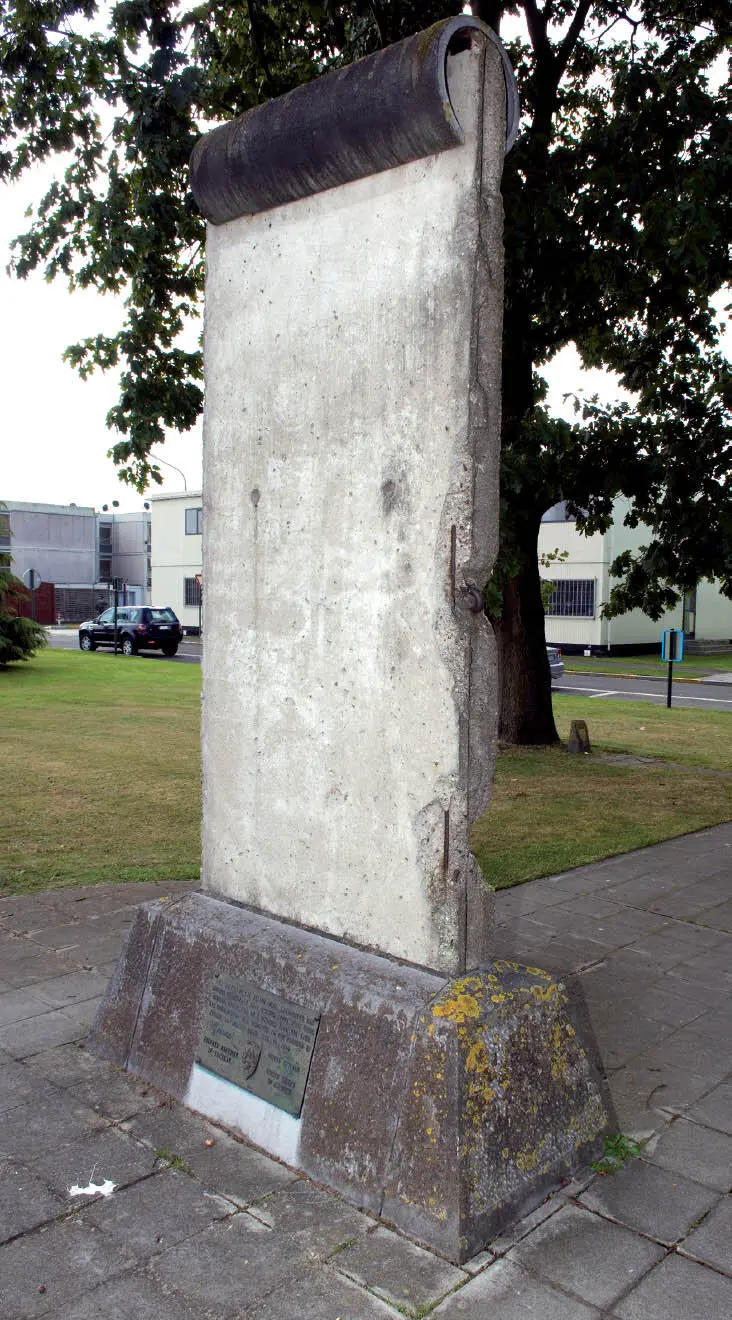
The Wall at NATO Headquarters, Casteau
© Photo courtesy of NATO
One of NATO’s two military headquarters in Europe (Supreme Headquarters Allied Powers in Europe, SHAPE) is located near the small Belgian town of Mons, near the village of Casteau. This is secondary to NATO’s political headquarters in Brussels. Supreme Headquarters Allied Powers in Europe (SHAPE) is situated in Casteau, north of the small Belgian city of Bons. A building, which was once of special significance during the Cold War, stands on this expansive military site. A special unit made up of western Allies was housed in the so-called “Live Oak building”. It would have been the unit’s job to to defend and support the western sectors if the Soviets cordoned off the West again – as they had done during the Berlin Blockade in 1948–1949.
The unit was established in 1959 by France, Great Britain and the USA. Under the codename “Live Oak”, it surveyed access to and from West Berlin.
Originally located near Paris, the unit was transferred to Belgium when France withdrew from NATO in 1967. After the building of the Wall in 1961, a delegate from the Federal Republic was also stationed at the unit and it was this person’s job to make contact with the federal government in the event of a crisis.

Information board on the Wall section at NATO Headquarters, Casteau
© Photo courtesy of NATO
Exactly what went on in the “Live Oak Building” was kept top secret during the Cold War. It was not until 1993 that information was made public. Just three years earlier, on the evening of 2 nd–3 rdOctober, the unit had denied its activities and purpose.
After the Fall of the Wall and the end of the Cold War, the ICC (Implementation Forces Coordination Cell) moved into the building. Amongst other duties, the ICC oversaw the placing of troops and the implementation of peace plans in Bosnia. By this time, the Russian military was also part of the ICC. A conference centre was later constructed for consultations by the states involved in the “Partnership for Peace”.
In the centre of four flag poles, an original piece of the Berlin Wall stands outside the entrance of the “Live Oak Building”. General Johan Galvin Saceur, the last “Live Oak” commander accepted the gift from Germany on 27 thNovember 1990. It is flanked by two evergreen live oaks – a reference to the building’s name. The following text is inscribed on a plaque at the foot of the segment:
This section of the Berlin Wall symbolizes the division of Germany that existed after WWII until German Unification on 3. October 1990. The Live Oak Organization was dedicated to freedom of access to Berlin from 1959 to 1990 .
France, United Kingdom, Federal Republic of Germany, United States of America
GHENT
BELGIUM
Location:Next to the Gravensteen Castle
The Gravensteen, the Count of Flanders’ castle, stands defiant in the centre of the Belgian city of Ghent. For centuries, counts have summoned people to Flanders’ court within its mighty walls. Flemish landgraves were feared for their cruel administration of justice. Countless prisoners were held in the dungeons between 1407 and 1708 – many of them suffered agonising torture. Today, the torture and prison cells make up part of a torture museum and can be visited in the castle.
Mistreatment of prisoners is by no means a problem of the past. Even today, political prisoners are detained worldwide, robbed of their human rights and even killed. The human rights organisation “Amnesty International” works to protect the rights of such prisoners. In 1998, Amnesty International and the “Honest Arts Movement” (a Belgian artists’ association) initiated the construction of a memorial to commemorate all the “missing people” worldwide, who have been abducted, imprisoned or murdered due to their beliefs, religion, race or other reasons.
Читать дальше




